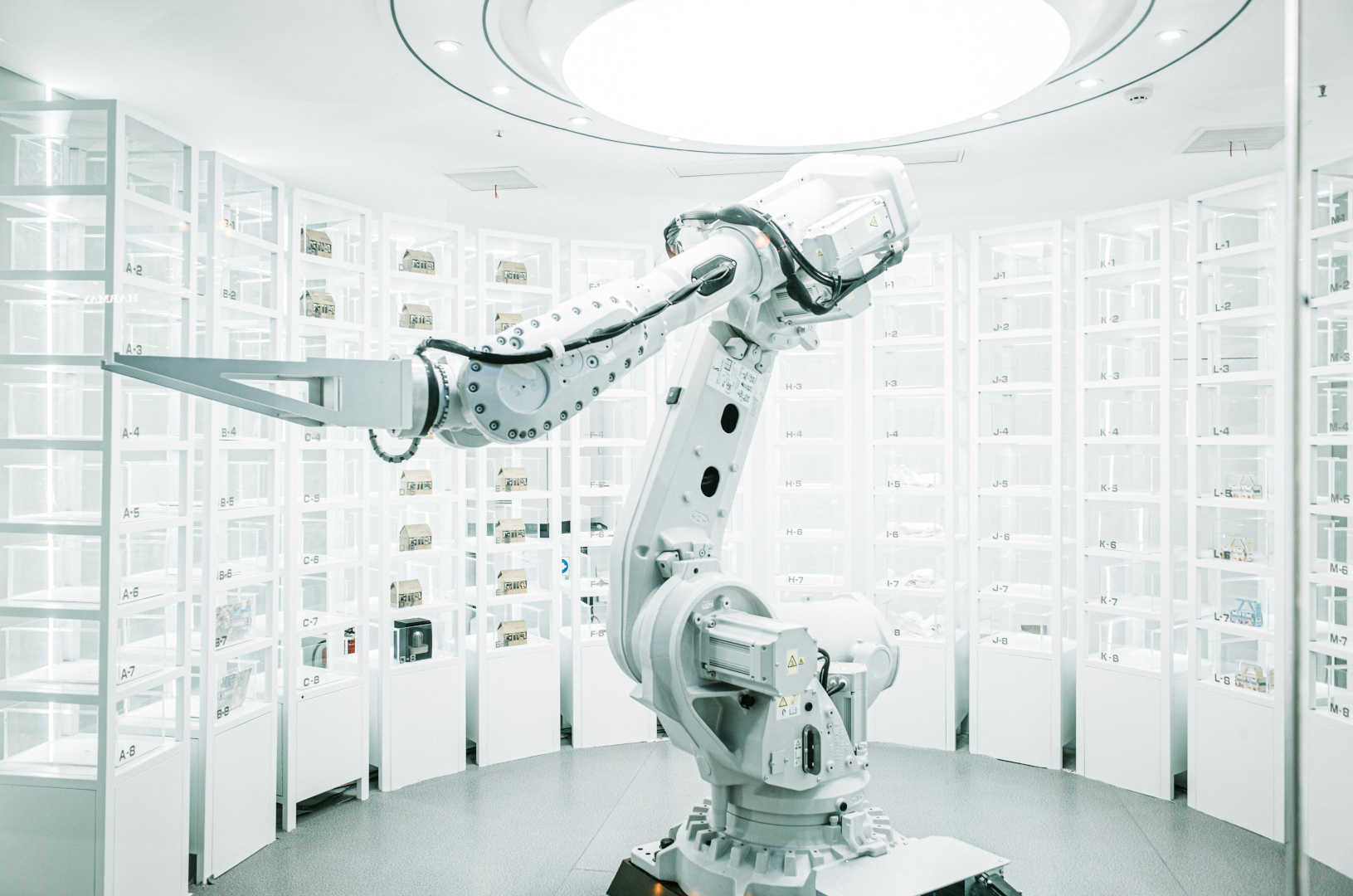Nearshoring vs. Offshoring Your Medical Device Manufacturing
COVID-19 halted production at manufacturing plants worldwide, sending massive disruption through every supply chain, from car parts to fashion to medical supplies. Many industries are still recovering. In healthcare and medtech, medical device nearshoring vs. offshoring is a hot topic.
Recent surveys indicate that about two-thirds of North American manufacturers are considering nearshoring to nearby countries or reshoring back to the United States. Free trade zones in Latin America are gaining prominence as nearshoring destinations.
Like all industries with global manufacturing, the medical device industry is adapting to the new realities, particularly regarding manufacturing. Let’s look at the differences and use cases for nearshoring vs. offshoring your medical device manufacturing.
Nearshoring Medical Device Manufacturing
Nearshoring in medical device manufacturing involves moving production to nearby countries, aiming for closer geographical proximity than offshoring. This method streamlines logistics, shortens transit times, and improves communication and management by relocating operations to neighboring countries.
Challenges: Despite its benefits, nearshoring presents challenges like higher labor costs than traditional offshoring destinations. Also, nearshore locations may have limitations in scalability and a less diverse supplier base than established offshoring areas.
Risks: Nearshoring carries supply chain disruptions and quality control issues. Reducing distance to markets also doesn’t fully mitigate supply chain risks from political or economic instability. Consistent quality maintenance can be complex if the nearshore region needs advanced manufacturing infrastructure or technology.
Nearshoring in medical device manufacturing offers proximity and logistical advantages but requires careful evaluation of challenges and risks to ensure its benefits outweigh the potential downsides.
Offshoring Medical Device Manufacturing
Offshoring in medical device manufacturing involves moving production to distant countries, primarily for cost reduction and global market reach.
Challenges: Offshoring poses unique challenges like cultural and language barriers, complicating communication and management. Time zone differences can hinder coordination, and navigating foreign regulatory landscapes adds complexity, especially in compliance-intensive fields like medical device manufacturing.
Risks: The primary risks of offshoring include reduced control over distant operations potentially impacting product quality and timelines. Political instability in the offshore location can threaten business continuity.
Offshoring offers significant cost benefits, mature offshore manufacturing infrastructure, and access to global markets. To ensure sustainable production, offshored manufacturing requires careful management of inherent challenges and risks.
When Is Medical Device Offshoring a Fit?
With the current trend toward nearshoring, does that mean offshoring is a bad idea?
Not always. The decision to offshore hinges on the medical device’s specific requirements. For example:
Access to Specialized Talent and Technologies: If a medical device requires highly specialized manufacturing processes or technologies not readily available in nearby countries, offshoring to a country with a solid technological infrastructure and specialized talent pool could be more beneficial.
For instance, if a medical device requires cutting-edge electronic components or advanced materials predominantly produced in countries like Germany, Japan, or South Korea, offshoring to these countries might make more sense than nearshoring to Mexico.
Cost-Effective Large-Scale Production: For companies aiming to produce medical devices in large quantities while minimizing costs, offshoring to countries with large-scale production infrastructure and operational costs can be more advantageous.
This is particularly relevant for products that are less complex and have a high demand, where the primary focus is cost efficiency rather than proximity to the market. Countries like China, India, and Vietnam, known for their cost-effective manufacturing capabilities, would be suitable offshoring destinations in such scenarios.
Current Trends in Medical Device Nearshoring vs. Offshoring
As we’ve seen, medical device manufacturing is experiencing a significant shift toward nearshoring. A primary reason is reducing loss risk by moving the supply chain closer to home. Many medical device manufacturers (MDMs) who previously offshored operations to countries like China also now face increased labor costs, diminishing the cost benefits.
In response, there has been steady growth over the past 10 to 15 years in nearshoring to Latin America, Mexico, and the Caribbean, accelerated by the COVID-19 pandemic. Mexico remains the top choice for nearshoring due to modern manufacturing clusters, skilled workforce, and proximity to the U.S.
The medical device and pharmaceutical industries have expanded significantly in Costa Rica, making medical devices the country’s primary export. Costa Rica is now the second-largest exporter of medical devices in Latin America after Mexico.
These trends highlight a growing preference for nearshoring in the medical device manufacturing industry, influenced by factors like supply chain stability, cost management, and geographical proximity.
Nearshoring vs. Offshoring: Key Considerations for Decision-Making
When deciding between nearshoring and offshoring in medical device manufacturing, teams must weigh several key factors to determine the most strategic and beneficial approach. These factors include cost, quality control, market proximity, and regulatory compliance.
Cost: Cost-effectiveness is crucial. Offshoring often reduces direct production expenses due to lower labor costs. Nearshoring, conversely, can save on shipping, tariffs, and inventory costs due to shorter transit times. A comprehensive analysis of all related costs is necessary to identify the more economical option.
Quality Control: Quality assurance is paramount. Nearshoring allows closer supervision and direct involvement, enhancing quality control. Offshoring may present challenges in maintaining consistent quality due to the physical distance and communication barriers.
Market Proximity: Proximity to the primary market enables responsiveness to customer needs, a significant advantage of nearshoring. It allows for quicker distribution and better customer service. Offshoring may suit products in a global market where proximity is less crucial.
Regulatory Compliance: Compliance with regulations is essential. Nearshoring often simplifies this process due to similar regulatory landscapes. Offshoring can introduce complexities in adhering to diverse regulations, increasing non-compliance risk.
Moving Ahead with Nearshoring vs. Offshoring Your Medical Device
The growing trend toward nearshoring doesn’t mean it’s a one-size-fits-all solution. The decision between nearshoring and offshoring should be based on a balanced consideration of these factors, aligning with the product specifics, market demands, and the company’s strategic goals.
You don’t have to go it alone. At Galen Data, we have extensive experience with advanced medical device companies from concept to manufacturing. Reach out today to discuss your unique situation. We’re here to help.






